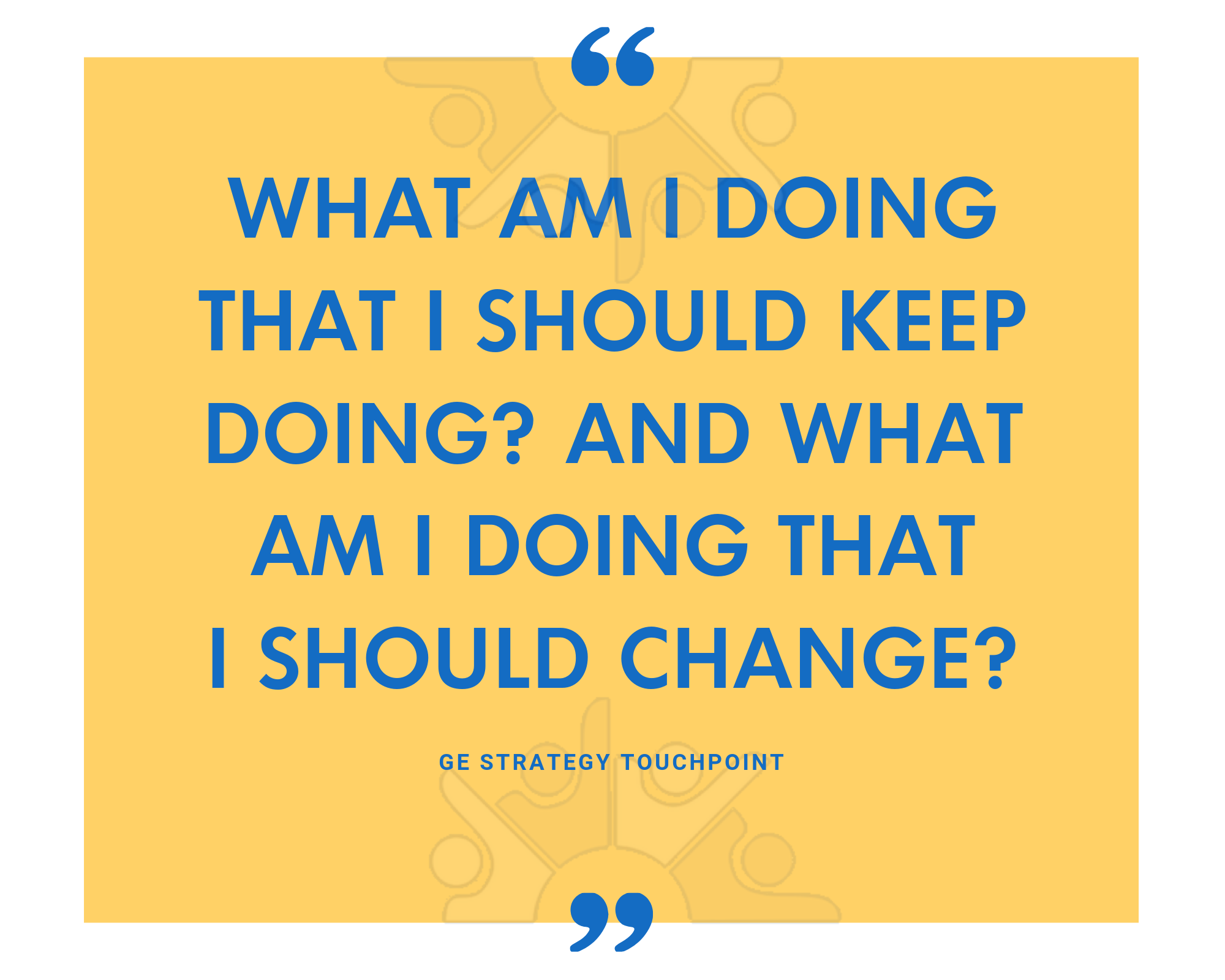The effectiveness of performance management system can make the difference between a company of top-performing employees delivering goals, and a failing company where under-performers weigh the team down. What constitutes great performance management has undergone a number of radical shifts over the last few years, with traditional annual appraisals coming under fire and regular feedback becoming increasingly commonplace.
Let’s take a look at some of the key aspects of performance management and how to make sure its effective results.
With the right set of processes and systems in place, performance management can help to maintain employee performance in alignment with the company’s while giving them the motivation to develop. Combined with the right set of tools to monitor and track employee data, effective performance management can transform an uninspiring workplace into a high-performing organisation delivering top quality results.
It’s a nuanced and multifaceted approach that will vary depending on the strategy and culture of a given business, but there are some steadfast rules which you can apply to ensure that your performance management is on the right track.
Defining employee goals in alignment with the company’s core values
One of the golden rules when setting goals is to ensure that they are SMART: specific, measurable, attainable, realistic, and time-bound. But being smart alone isn’t necessarily enough to guarantee that your goals will be valuable to the company and its employees.
Additionally, goals should be:
- Aligned with the core values and strategic objectives of the company
- Achievable but challenging, giving employees the opportunity to excel
- Created with employees, giving them a sense of ownership
- Focused on future growth and improving performance
Once you have established goals, ask if they line up with the larger picture, coinciding with the team’s and organisation’s overall strategy. Are they compatible with the ambitions of the employee? Can they be better tailored to align personal interests and professional goals?
Realistic goals in which the interests of the company and employees are aligned are a recipe for positive appraisals.
Motivating and rewarding employees while building their skill set
Engaging your employees in the core aims of your company’s culture is an essential element of effective performance management. Collaborating with employees in creating a plan of action while providing them with the tools and training required to meet their targets is an essential, often overlooked aspect of performance management.

Expanding your employees’ skill sets should be an integral aspect of performance management. Skill training programs can be time-consuming, but there are more flexible options that can be taken.
Off-site educational courses and online classes ranging from short courses to “nano-degree” programs can all help your employees’ professional growth, while within the company systems such as task delegation, stretch assignments, tours of duty (where an employee takes on a new role for a short period of time), mentorship, and sponsorship can all push the growth of staff in the right direction, both for them and the company.
Conducting periodic progress checks

The major shift in performance management over the last couple of decades has been towards more rigorous and frequent progress checks. Assessing performance isn’t a one-time event, but rather an ongoing process allowing flexibility for fast-paced workplaces and shifting development cycles.
Periodic progress checks ensure that targets can be revised on the fly, acknowledging when an employee is ahead of schedule or may have overlooked a task. Strong performance can be spotted as it happens and reinforced with positive feedback, while performance gaps can be identified and measures are taken to rectify them before they become major issues.
Managers should make keeping a document of their observations throughout the year; these notes should stick only to the facts (for instance, “David has missed three project deadlines”, rather than “David is poor at time management”). Complimented with raw data, these notes should form a comprehensive overview of an employee’s performance.
Annual appraisals – pros and cons
Annual performance appraisals might no longer be the be-all and end-all of performance management, but they still play an integral role in the process, helping to tie an employee’s performance into the “grand plan” of the company.
One of the main objections to annual appraisals is that they can do little to move past prior performance, failing to help push employees forwards. The subjective nature of performance ratings can also leave employees uncertain where they stand and open to the pitfalls of bias, and the tendency to lump pay reviews into the process can muddy the waters even further.
Despite these pitfalls, annual appraisals can help to sum up the experiences of the employee overtime, acting as a pit stop to compliment the more regular “touchpoint” conversations. Compensation, promotion and other decisions relating to the development of an employee can be summarised in annual reviews, allowing them to be more focused on the future and therefore more meaningful both to staff and the company.





